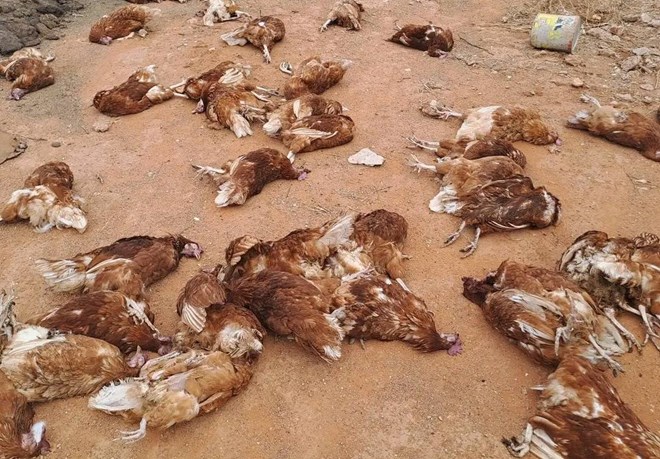Jigjiga (KAAB TV) – During a severe heat wave, more than 350 chickens in sheds in the Ethiopian Somali autonomous region around the town of Godey dead.
The climate in the area has changed over the last two years, said Salahdin Abdalla, manager of the Godey Poultry Cooperative, and the city has never seen anything like it. He blamed the absence of cooling and temperature control for this.
a report by Abdalla, 2500 hens are housed in a small area with little ventilation.
“In the two and a half years that we have been there, we have not come across anything like. We are unable to react to the current situation promptly due to our restricted capability. The government must assist us. We need to react right away,” he continued.
The Somali region’s inhabitants and animals have been impacted by climate change, according to Dr. Ashir Eydid, an expert in animal diseases. He exhorted farmers to raise hens in an open, well-ventilated space, especially if they raised poultry.
He emphasised that the police where the awful event happened lacked modern cooling and climate control devices. “Now we are dealing with a lot of chickens affected by the heat in Godey town,” he said.
The Somali region is divided into various regions, each with its own means of subsistence; these include semi-arid and agricultural areas like Jijiga, as well as meadows like Afdheer and Fiq. Natural catastrophes have had a significant impact on these places, which has had an impact on the local economy, which is based mostly on agriculture and livestock.
The area has seen historically high levels of food insecurity over the last four years. Up to 35% of pastoralists and 25% of crop farmers have experienced a major decline in household income as a result of their animals becoming rare because of to a lack of water and pasture.


